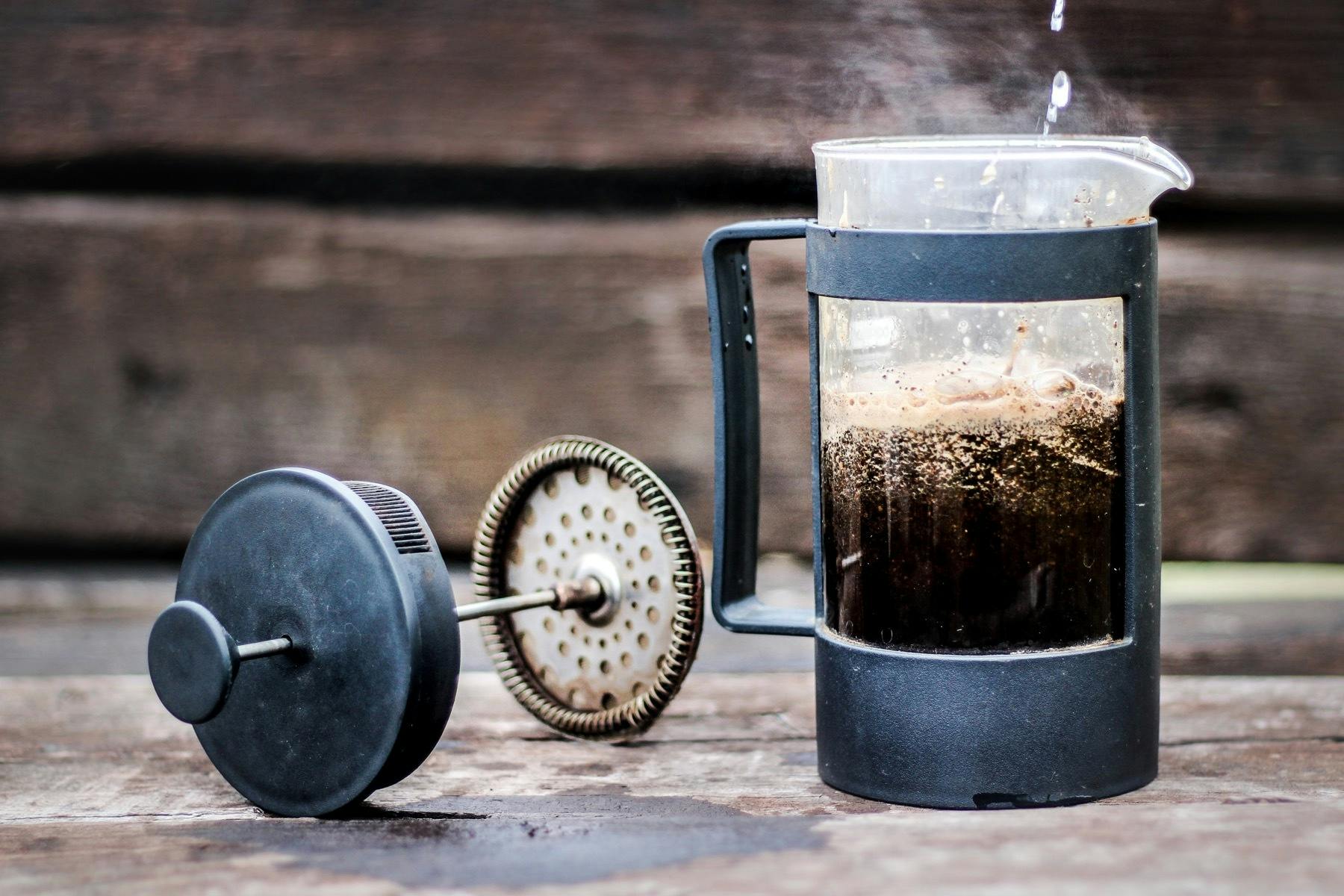Embracing the Old School
Sometimes we need to embrace our inner Janet Jackson and be the ones in control.
Embracing the Old School
I love to BBQ! I’m not talking a Sunday afternoon burgers on the grill. I’m talking pork shoulder, ribs and brisket. The kind of food you have to cook low and slow for hours over smoke-infused fire.
BBQ requires three things: low cook temperature (220-250 degrees), smoke and patience. Old school methods require the pitmaster to maintain constant temperature using wood or charcoal fuel. This is laborious, tricky work compared with modern alternatives we’ve created where a turn of a dial on a gas grill maintains constant temperature and automated conveyors feed wood pellets, relieving the cook of the majority of hard labor. Debates rage between both sides over which method produces the best meat. The truth of the matter is, whichever grill you use you’ll end up with the same end product, delicious smoked foods. You just get there with different levels of work.
Even knowing this, I was drawn to the old-school route. There are times when I question my rationale for this choice, especially when I’m up at 3 a.m., sleep deprived and tending to the fire hour 11 of a 16-hour cook, but I never question the good eats that result from this labor! I have come to crave more than just the food as there is an indescribable level of engagement I get from live fire cooking. For me it is a truly fulfilling experience.
BBQ grills are just one of a handful of old-school products still being mass manufactured today: manual cars, cast iron skillets, French press coffee makers and straight razors are a few of the others. What is it about these product experiences that continue to endure, and even gain popularity, in the face of innovations designed to render them obsolete?
I think the answer is simple. Control.
In our fast-paced world of ever-evolving technology, we’ve handed over a lot of control to the computer-driven devices in our lives. Some of us have never shifted into a gear not marked R or D (including myself!) or brewed a cup of coffee with the exception of K-cups. Sure, these mechanical assistants offer convenience but they don’t create the deepest user connections.
These devices are very hands off, managing complexity for us. Typically, this means that they are inherently complex themselves — full of gears, processors, motors and other mechanisms that make the magic happen. This internal complexity is great when it works, but more than often useless and irreparable when something falls out of place.
On the flip side, old-school products put us in control. Every time we stoke a fire or shift gears we are engaged. Over time, we forge strong bonds with these objects, oftentimes learning every nook, cranny and nuance to their behaviors during use. And they’ll get a lot of use, because old-school products are robust, simple and repairable, some lasting decades and even generations.
With this old age comes many fanatics, hosts of super-users providing enough tips, tricks and traditions to fill many a user manual. This deep connection to a community of users can make you feel a part of something much bigger as you, too, contribute to keeping the tradition alive.
As time goes by we continue to see that old-school products maintain utility, while new-school products eventually become novelty. When was the last time you heard someone non-ironically yearn for the return of Windows 95 or DOS? Yeah, been a little while! Where’s that Walkman at? Probably in a landfill or at the bottom of a thrift store bargain barrel.
So I hear you asking, “Yeah I get it, old school is cool. But do we really want to do everything the old- school way?”
My answer is, “Heck no!” Counting on the abacus, rotary dialing, and Betamax are all obsolete for a reason! I just think there can be a healthy balance we can achieve between the new and old. Everyone can benefit from a chance to slow things down every now and then, unplug from our connected world and kick back old-school style!
